Edible Landscaping Options for CT
Edible landscaping offers CT homeowners the opportunity to live a more sustainable lifestyle and enjoy a lovely view, along with delectable smells and delicious tastes, from their yard and garden area. Edible landscaping design recognizes and is built upon the fact that food plants, everything from lettuce to fruit trees, are also naturally beautiful to look at. These food sources are truly a feast for all the senses. It turns out that food doesn’t necessarily have to be grown in long rows.
Healthy, Lovely and Environmentally Friendly Edible Landscapes
Edible landscaping can boost your health, because you can eat your homegrown foods with all their nutritional value still intact, rather than consuming them after they’ve endured truck travel over perhaps thousands of miles, all the while losing nutritional content and getting coated with insecticides. You may save money over time, and an edible landscape reduces your carbon footprint, since locally grown food doesn’t require transportation (with the environmental damage that goes with all that trucking and fuel emission). An edible landscape is convenient too – just step into the backyard for a fresh apple.
Edible Landscaping Design Protects Plants and Preserves Soil
When designing an edible landscape around your home , intersperse edible plants with ornamental varieties, and use them in place of some purely decorative plants. You can think of an edible landscape as a vegetable and fruit garden — artfully arranged. This arrangement may actually help protect the plants from insects who are more likely to be attracted to their favorite fruit or veggie if it’s in a huge orchard or farm field. Since soil is tilled in different small areas at different times, it maintains its nutrients for the next planting.
What You Can Grow: Edible Landscaping in CT With Fruit Trees
Our local climate in Connecticut is friendly to edible landscape design, including:
- Apple trees do well here in the CT region.
- Asian pear trees thrive among the other plants in your yard’s edible landscape.
- Small fruits, such as blueberries, cherries, cranberries, grapes, raspberries and strawberries, grow like crazy in a properly designed edible landscape.
- Stone fruits do well, although nectarines and peaches are the most cold-sensitive, with buds dying off at 5 to 15 degrees below zero.
- Vegetables and herbs also make excellent additions to your edible landscape.
Edible Landscape Drawbacks
The situation is not all rosy in edible landscapes, however. Here are a few cons you might consider when contemplating your own edible landscape design:
- Your fruit might be less tasty than traditionally farmed orchard trees: You’ll need to choose a very sunny location to grow the sweetest, best-tasting fruit. With a less-than-ideal amount of sun, your fruit may look lovely but lack taste.
- You’ll need to water, mulch and prune the trees.
- You may need a hard hat: Fallen fruit can not only be physically painful for you, but good food may also go to waste if you’re not sure how to use the fruit in your recipes or preserve it — or if you don’t have a way to sell or share it. The fragrance of rotten fruit contributes to the next drawback.
- Animal attractions: Your edible landscaping is sure to attract unwelcome critters who also have a taste for the fruit you’re growing.
If you would like to learn more about edible landscapes or would like us to design a custom landscape for your property, contact Clean Cut Landscaping today.
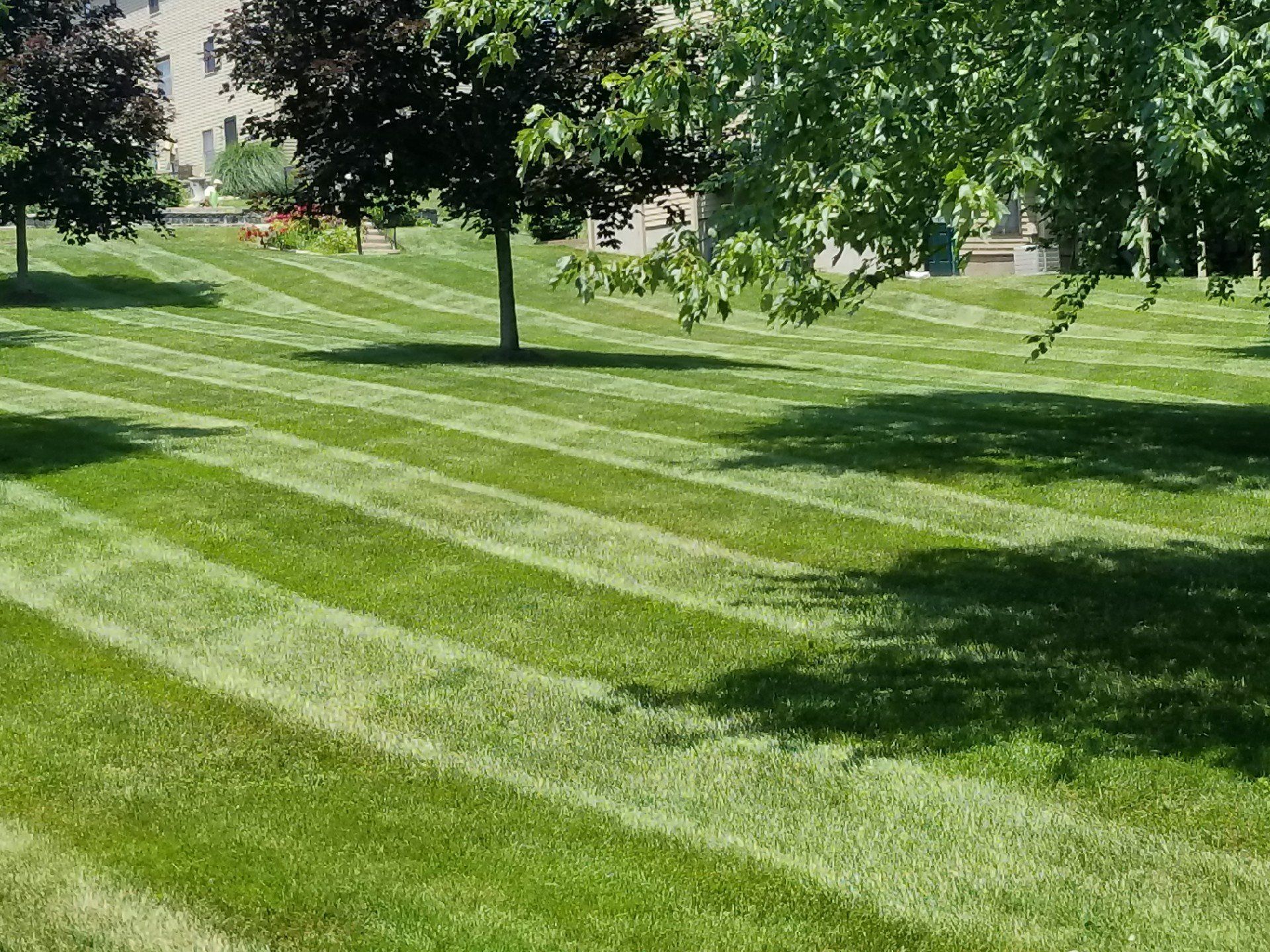
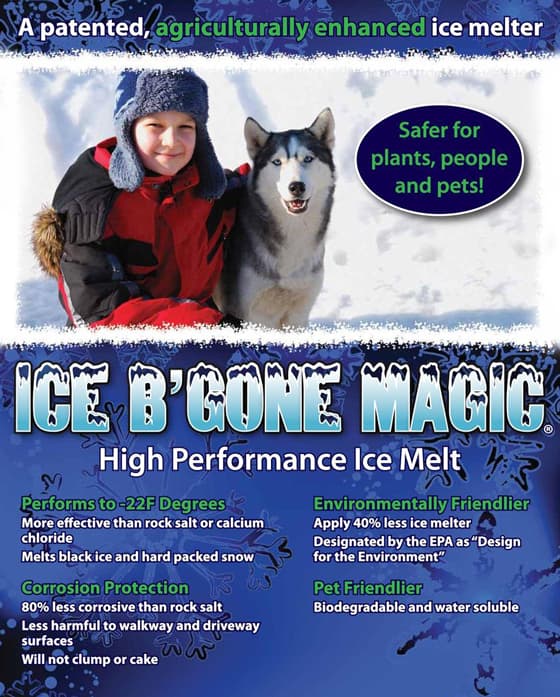
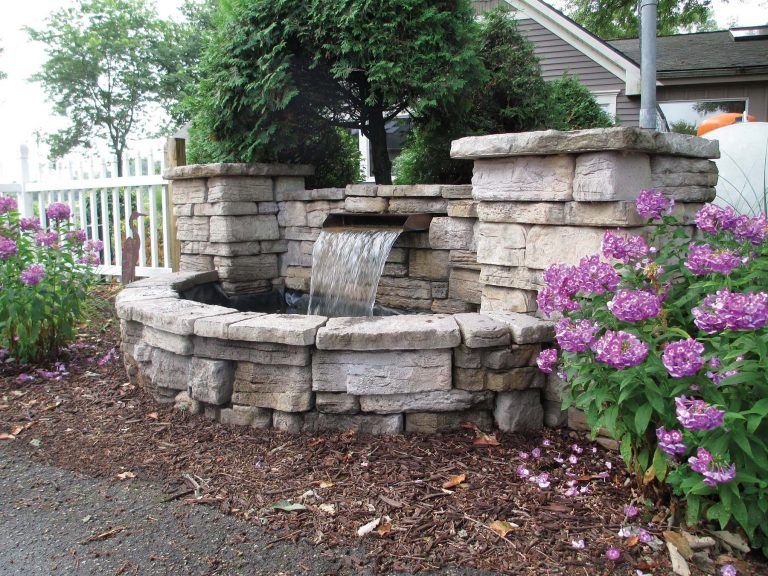
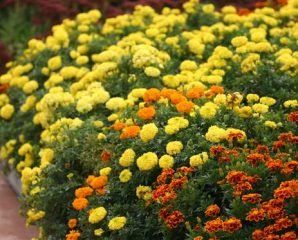

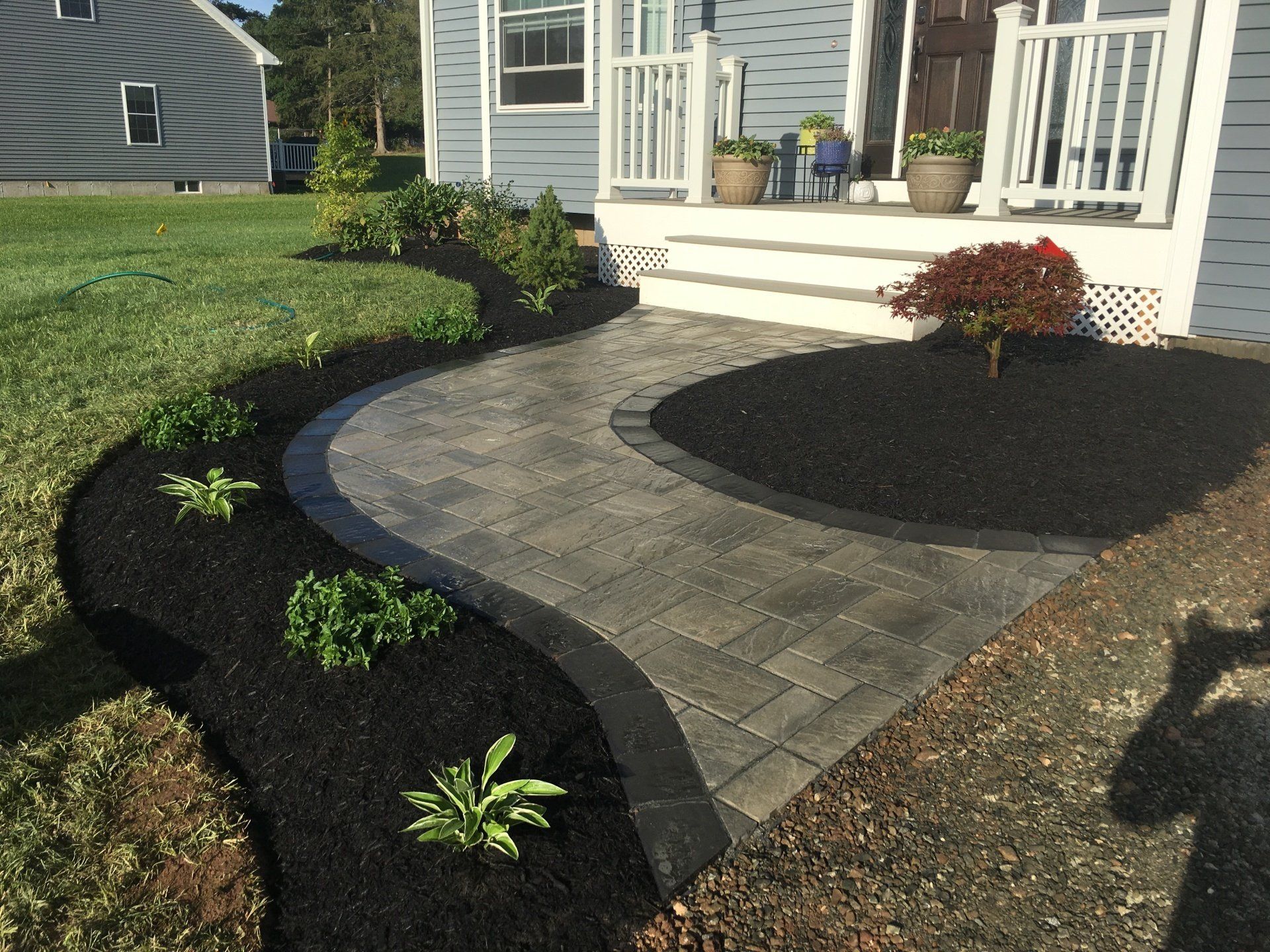




Read our Terms and Conditions

